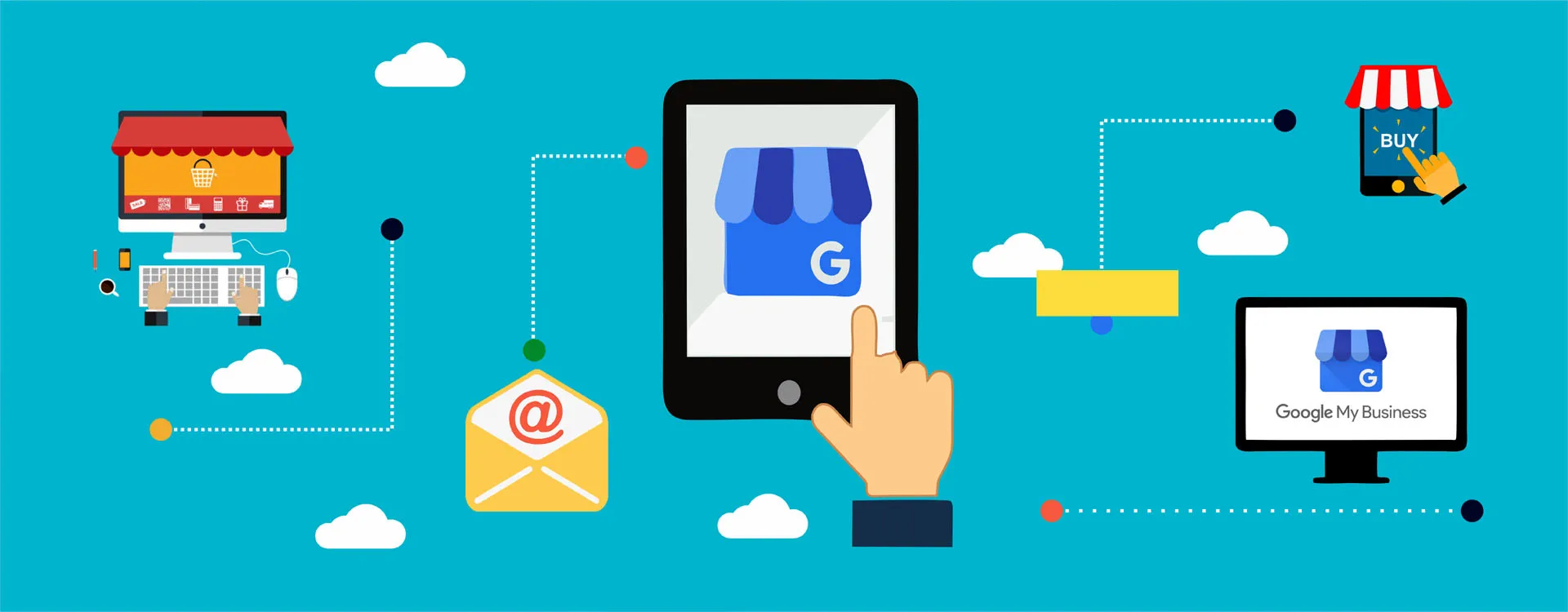How to Digitalize Your Business Online
Digitalizing your business involves leveraging digital technologies to transform traditional business processes, enhance customer experience, and create new revenue streams. Here’s a step-by-step guide to help you digitalize your business online effectively:
Develop a Digital Strategy
Set Clear Goals
Define what you want to achieve through digitalization. Your goals might include increasing online sales, improving customer service, or streamlining operations.
Understand Your Audience
Conduct market research to understand your target audience’s online behavior, preferences, and needs. Use tools like Google Analytics and social media insights to gather data.
Competitive Analysis
Analyze your competitors’ digital presence. Identify what they’re doing well and where they’re lacking. This will help you find opportunities and set benchmarks.
Build a Strong Online Presence
Create a Professional Website
Your website is the cornerstone of your digital presence. Ensure it is:
Responsive: Works well on all devices.
User-Friendly: Easy to navigate.
SEO-Optimized: Search engine friendly to rank higher in search results.
Secure: Uses HTTPS and has robust security measures in place.
Leverage Social Media
Choose platforms that align with your audience. Common platforms include Facebook, Instagram, LinkedIn, and Twitter. Post regularly and engage with your audience.
Claim Your Business Listings
Ensure your business is listed on Google My Business, Yelp, and other relevant directories. This improves local SEO and makes it easier for customers to find you.
Utilize Digital Marketing Strategies
Search Engine Optimization (SEO)
Optimize your website’s content and structure to rank higher in search engine results. Focus on keywords, meta tags, quality content, and back links.
Content Marketing
Create valuable content that addresses your audience’s needs. This can include blog posts, videos, info graphics, and eBooks. Content marketing helps establish authority and drive traffic.
Email Marketing
Build an email list and send regular newsletters. Personalize your emails and provide valuable information to nurture leads and retain customers.
Pay-Per-Click Advertising (PPC)
Use PPC ads on platforms like Google Ads and social media to drive targeted traffic to your website. Monitor and optimize your campaigns regularly.
Implement E-Commerce Solutions
Online Storefront
If you sell products, set up an e-commerce store. Use platforms like Shopify, WooCommerce, or Magento. Ensure your store is easy to navigate, with clear product descriptions and a secure checkout process.
Online Payment Systems
Integrate reliable and secure payment gateways like PayPal, Stripe, or Square. Offer multiple payment options to cater to different customer preferences.
Inventory Management
Use digital tools to manage inventory efficiently. Software like TradeGecko or Odoo can help track stock levels, process orders, and manage suppliers.
Enhance Customer Experience
Customer Relationship Management (CRM)
Use CRM software like Salesforce or HubSpot to manage customer interactions, track sales, and analyze customer data. A good CRM system helps improve customer service and retention.
Chat bots and AI
Implement chat bots on your website to provide instant customer support. AI can help answer common questions, guide users through processes, and collect feedback.
Personalization
Use data analytics to personalize customer experiences. Tailor recommendations, emails, and content based on individual preferences and behaviours.
Embrace Cloud Computing
Cloud Storage
Use cloud storage solutions like Google Drive, Drop box, or Microsoft One Drive for secure and accessible data storage.
Cloud-Based Applications
Utilize cloud-based applications for collaboration and productivity. Tools like Microsoft Office 365, Google Workspace, and Slack can enhance remote work and team collaboration.
Implement Data Analytics
Track Key Metrics
Use analytics tools to track key performance indicators (KPIs) such as website traffic, conversion rates, and customer acquisition costs.
Analyze and Optimize
Regularly analyze your data to identify trends and areas for improvement. Use insights to make informed decisions and optimize your digital strategies.
Ensure Cyber security
Protect Your Website
Implement SSL certificates, regular backups, and security plugins to protect your website from threats.
Educate Employees
Train your employees on cyber security best practices. Regularly update passwords, use two-factor authentication, and be vigilant against phishing attacks.
Compliance
Ensure compliance with data protection regulations like GDPR and CCPA. Protect customer data and maintain privacy standards.
Conclusion
Digitalizing your business is a continuous process that requires strategic planning, the right tools, and ongoing optimization. By following these steps, you can enhance your online presence, improve customer experiences, and drive business growth in the digital age.























































































































































































































































































































































































































